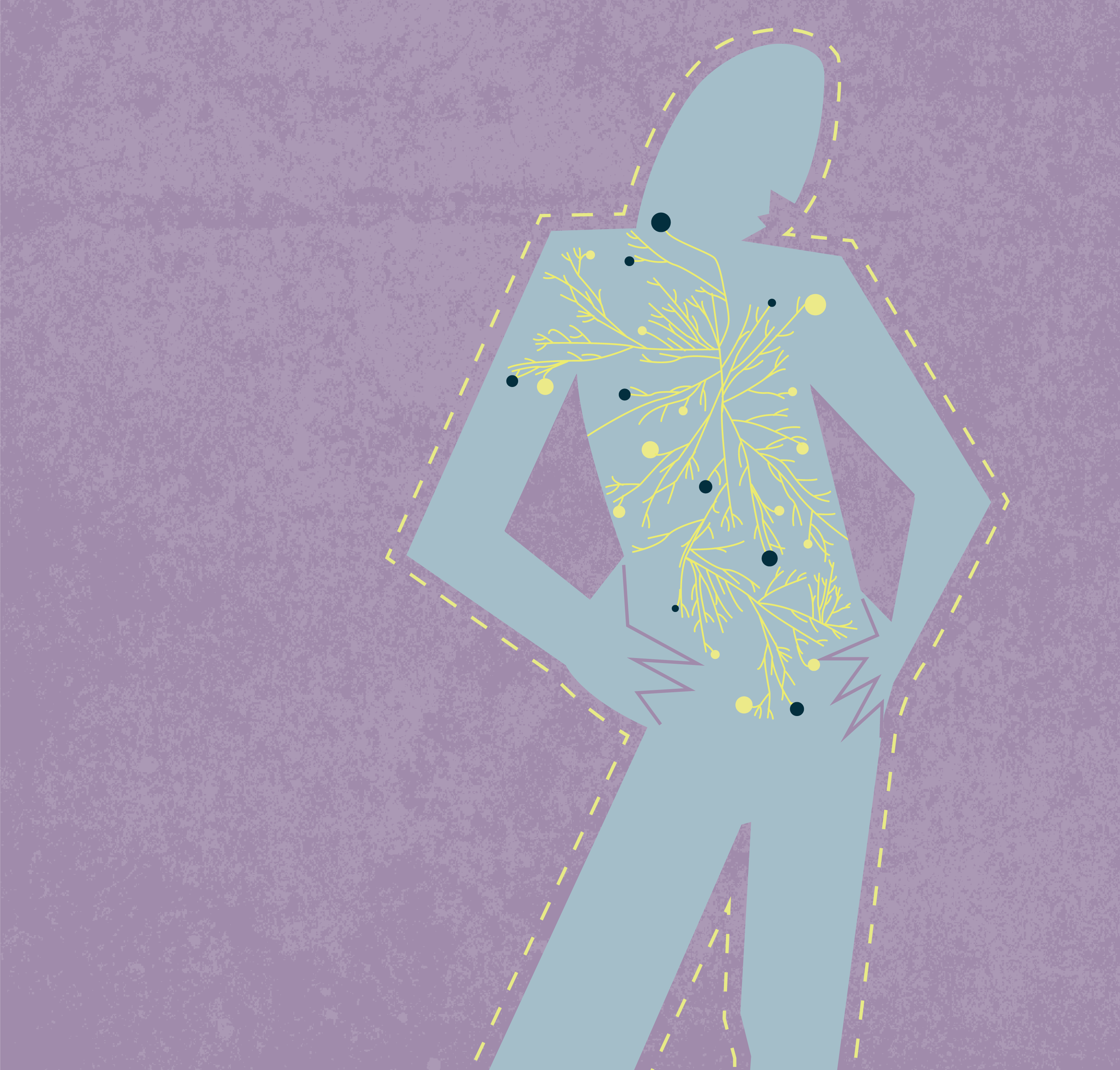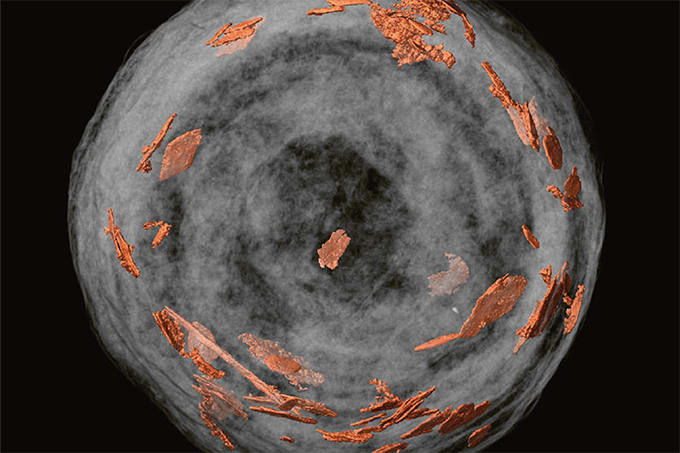
Targeted quantitative proteomics – using LC-parallel reaction monitoring (PRM) – is shining a light on kinome protein reprogramming during melanoma metastasis. Weili Miao and colleagues found that the expression of Janus kinase 3 (JAK3; a tyrosine kinase) is reduced in metastatic melanoma cells when compared with primary (non-metastatic) cells, by applying LC-MS and LC-MS/MS to tryptic digests.
Targeted quantitative proteomics – using LC-parallel reaction monitoring (PRM) – is shining a light on kinome protein reprogramming during melanoma metastasis. Weili Miao and colleagues found that the expression of Janus kinase 3 (JAK3; a tyrosine kinase) is reduced in metastatic melanoma cells when compared with primary (non-metastatic) cells, by applying LC-MS and LC-MS/MS to tryptic digests. Reduced JAK3 is associated with poorer melanoma prognosis because it inhibits the activity of matrix metalloproteinases – key enzymes involved in the metastatic transition.
The gathered data represent the most comprehensive available for these proteins in melanoma metastasis, and the knowledge inferred by such data could inform future drug discovery efforts.
References
- W Miao et al., Sci Rep, 10, 2485 (2020). DOI: 10.1038/s41598-020-59572-5




